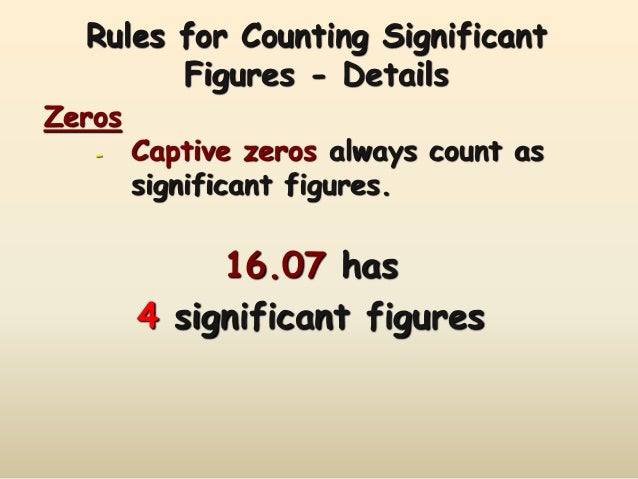

Despite the student’s performance in the lab exercise, one point was deducted from his or her grade as a result of the rounding error.

The fundamental concepts of multiplication and division The number of sig figs used in the operation determines the significance of the result. The smallest precision of the input determines the result’s precision. A scientific notation is used to express all numbers and to perform the same exponent (power of ten). By following these rules, you can determine the proper number of significant figures to include when calculating. A significant figure can be represented using scientific notation, indicating a figure of 4.5 * 103 (2 significant figures). All non-zero digits can be counted, as can trailing and leading zeros. How should a significant figure be counted? To assess the significance of significant figures, use the following guidelines. The concept of significant figures (sig-figs) is essential in any experimental field.

Three significant digits, for example, can be found in 0.00798. It is never true to say that all zeros on the right of a decimal point are significant, nor are any of them on the left. For example, 108.0097 contains seven significant digits. When dealing with multiple variables, it is critical to use the correct number of significant figures because any two non-zero digits are significant. It is not uncommon for a result to have six significant figures, even when three significant figures are used to derive 114 by 3, but the final result of 229, on the other hand, has three significant figures. Similarly, if you’re combining or multiplying multiple numbers with more than two digits, you should use the correct number of significant figures. the zeros that fall between the numbers and to the right of the decimal point), even though the final result, 114, has three significant figures. As an example, if you add 112 and 113, you would use two significant figures (i.e. In other words, when adding or subtracting numbers with more than two digits, the appropriate number of significant figures should be used. When working with multiple calculations, use the correct number of significant figures. The Importance Of Using The Correct Number Of Significant Figures In Math Problems

For example, if a ruler reads 1.43 cm, then there are three significant figures: the first two digits are known with certainty (14), and the third digit is the first uncertain digit (3).
#RATE OF FALL WITH MORE SIG FIGS PLUS#
The number of significant figures in a measurement is the number of digits that are known with certainty plus the first uncertain digit. For multiplication and division, you should have the same number of significant digits as the number with the fewest sigfigs. To calculate the addition and subtraction, round to the sig fig with the least precision. You may need to add sig figs to your answer in order to calculate how many sig figs it is. The answer should contain the same number of significant figures as the value given with the least precise number (the smallest number should be used for arranging numbers) in the simplest sense. Subtracting significant figures from the numbers used yields these numbers, which are calculated using the number of decimal places in the numbers. When completing a problem, it is up to you how much sig figs you use. On the other hand, if you are measuring the width of a room to within 1 m, you would use only two significant figures (1.0 m). For example, if you are measuring the width of a table to within 1 cm, you would use three significant figures (0.01 m). In general, however, the number of significant figures should be based on the level of precision and accuracy required for the particular situation. There is no definitive answer to this question as it depends on the context and application.


 0 kommentar(er)
0 kommentar(er)
